
Educational content related to skeletal muscle
Module 2
 |
|
|
Educational content related to skeletal muscle Module 2 |
|
|
|
||||||||||||||||||
|
This content is designed for High School instruction. The foundation for this module is the Middle school module (Go to). The class problem to work through: A fellow student
in your class is asking for the whole class to help him understand his
disease. He has been informed that he has the beginning stages of muscular
dystrophy, but when he asked the doctor about it, he said that he would
refer him to a help group about dealing with the disease, and the details
of the disease seemed confusing to him. After talking with
the parents, the teacher is allowing the class to help the student learn
more about the disease. The teacher wants to know what level of knowledge
the class has about the disease, so she made a short quiz for the class
for you to take. She is dividing the class up in groups to work on various
aspects of this project. One group is to conduct a literature search about
the disease and then they are to compile information in the form of a
presentation. A second group is to understand the basic anatomy and physiology
of the disease and then explain it to the class. A third group is to build
a physical model to explain the physical and mechanistic issues with this
disease. |
||||||||||||||||||
|
Activity 1: Go through the middle school modules 1- 3. Compile an over view of the different forms of muscular dystrophy. Given the classmate has Duchenne's muscular dystrophy determine the best type of pysical care this class mate should be getting, the prognosis, and the drug treatments as well as potential type of treatments in the future that maybe in the works. Are there also other health related problems besides altered skeletal muscle function? Use on line resources and www.pubmed.gov sites. Find out about various support groups for the classmate. Activity 2: Diagram
the details of the skeletal muscle and explain mechanistically the problems
in this disease related to muscle function. Use scientific resources for
information gathering. Sample figures below from primary articles. |
||||||||||||||||||
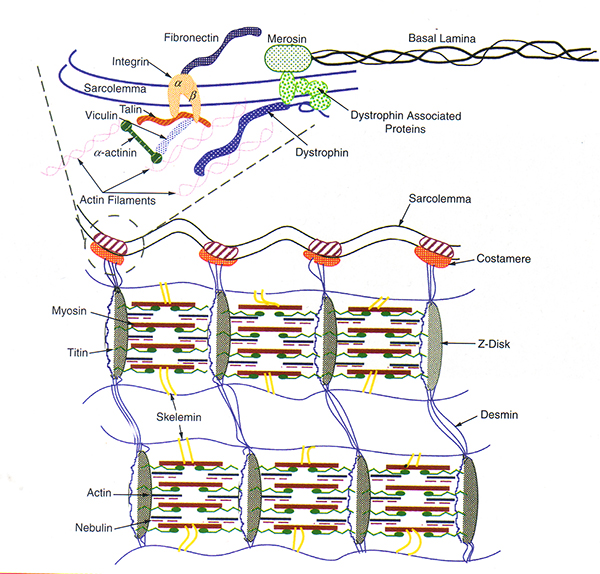 |
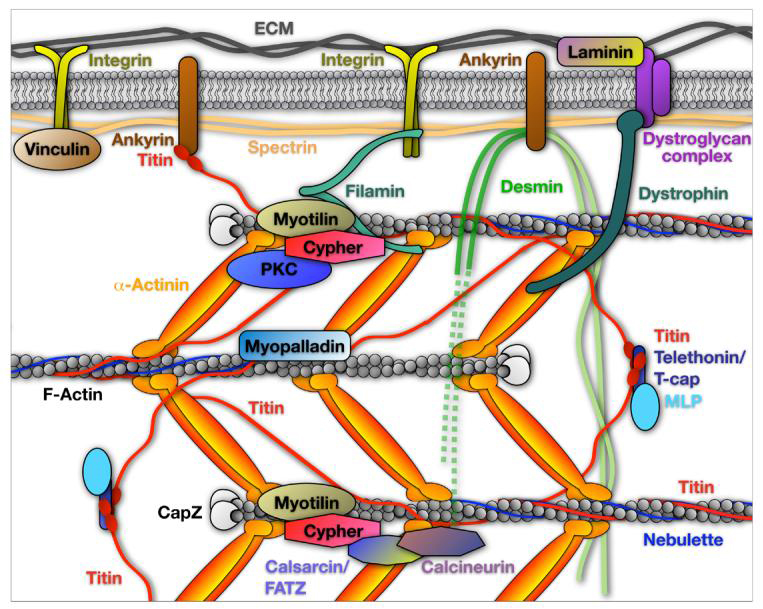 |
|||||||||||||||||
|
|
||||||||||||||||||
|
Activity 3: Build a physical model to help understand the problem with Duchenne's muscular dystrophy. |
||||||||||||||||||
|
Healthy muscle |
Dystrophic muscle |
Strong |
Weak |
|||||||||||||||
| MOVIE | MOVIE | |||||||||||||||||
|
|
||||||||||||||||||
| Activity 4: Use the free version of SketchUp (http://www.sketchup.com/learn), and model in 3D some aspect of skeletal muscle anatomy. | ||||||||||||||||||
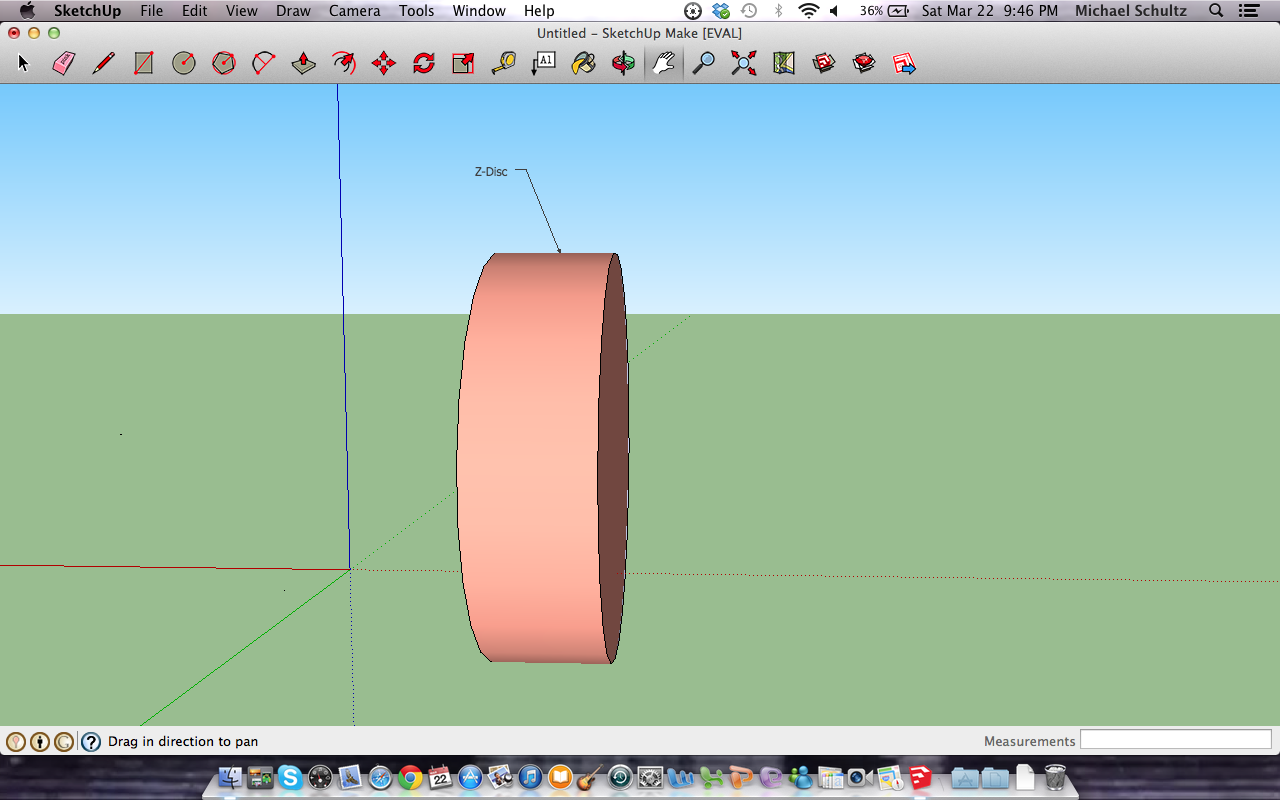 |
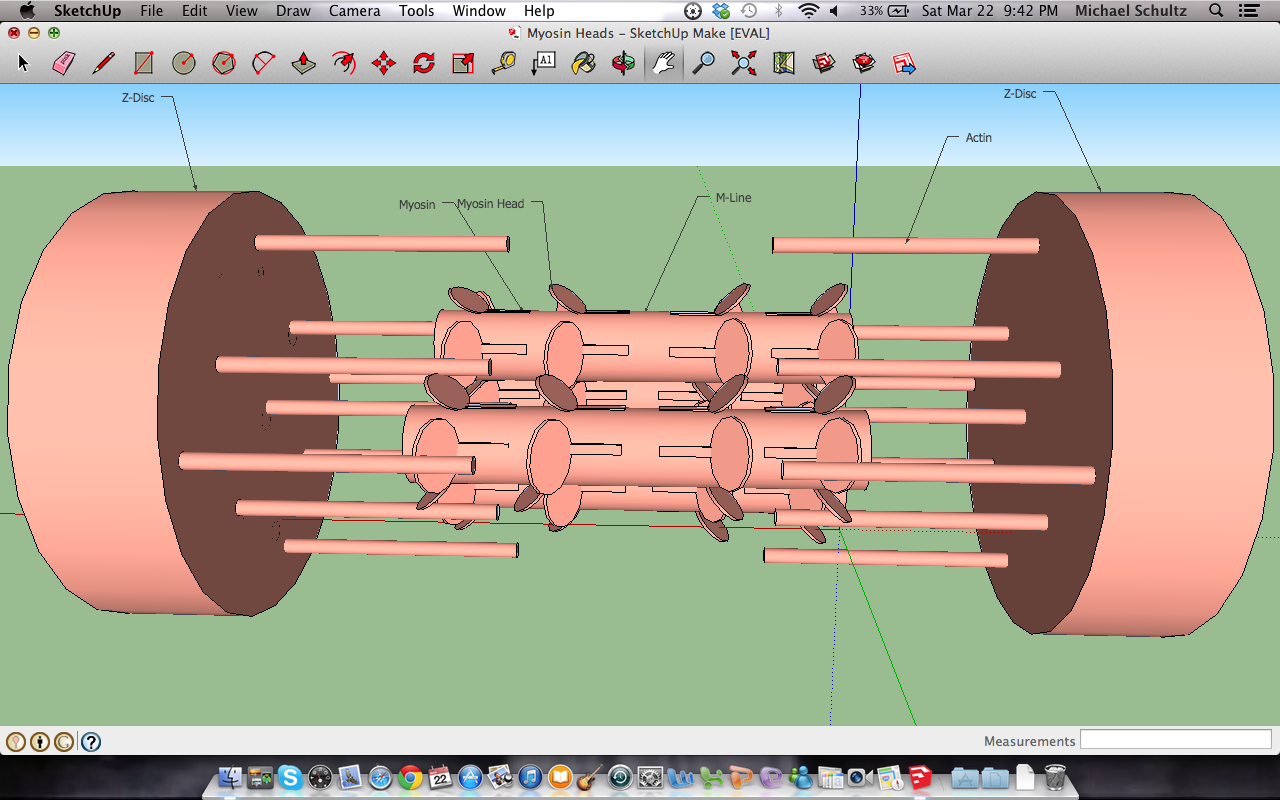 |
|||||||||||||||||
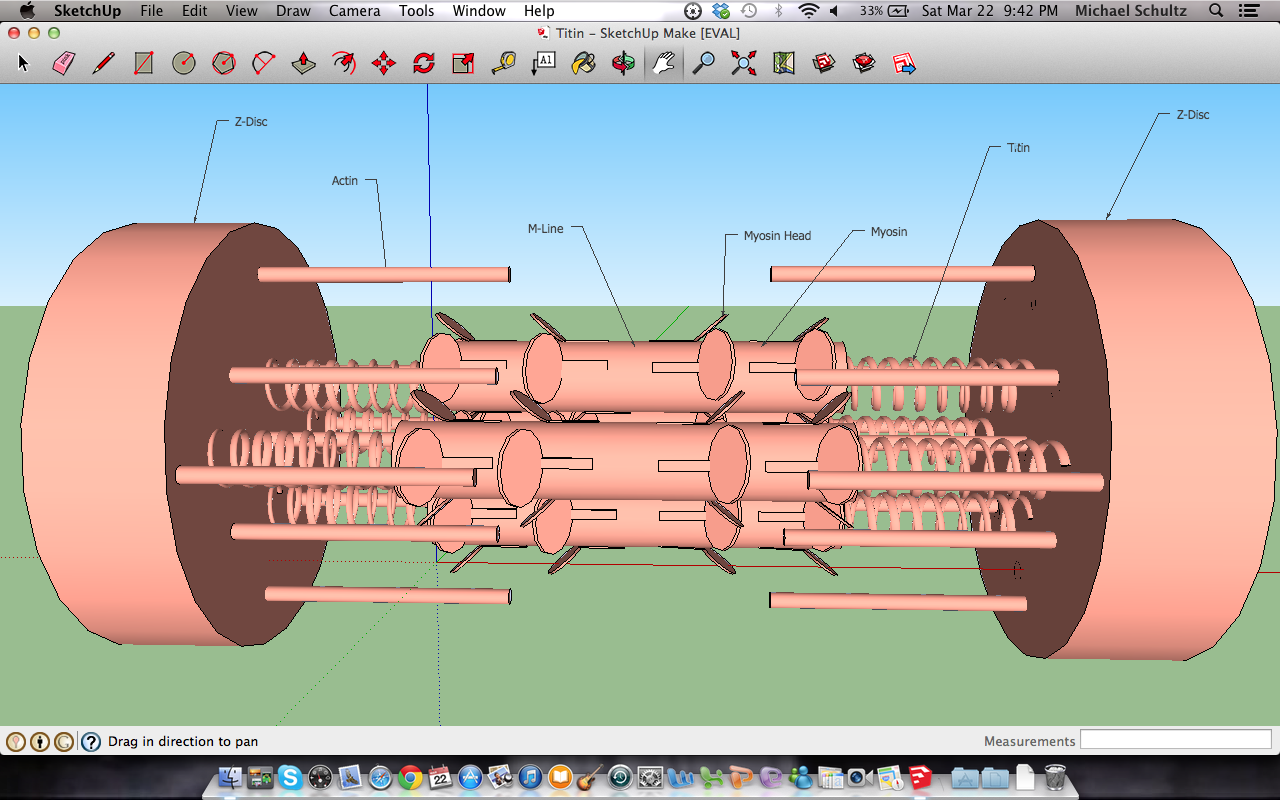 |
||||||||||||||||||
|
Activity 5: Talk or communicate with physicians and/or researchers about skeletal muscle disorders |
||||||||||||||||||
|
Ask about their research (basic or applied). Types of muscle diseases the person might have seen recently. What do they foresee in the future for research related to skeletal muscle ? |
||||||||||||||||||
|
Activity 6: Investigate the comparative differences in skeletal muscle from different animals. Compile a report on the differences with diagrams and/or tables from the literature research. |
||||||||||||||||||
|
Movie to watch: Muscle man EMG music Download and play - mechanism of myosin EMG reference: PDF |
||||||||||||||||||
|
Participants designing this content are : MICHAEL P. SCHULTZ, Dept. of Biol., & Center for Muscle Biology, Univ. of KY. REBECCA KRALL, Dept. of STEM, Univ. of KY ESTHER E. DUPONT-VERSTEEGDEN, Div. Physical Therapy, Dept. Rehabilitation Sciences, Col. Health Sciences, & Center for Muscle Biology, Univ. of KY. SUSAN MAYO, P-12 Math and Science Outreach Unit of PIMSER, Univ. of KY. DIANE JOHNSON, P-12 Math and Science Outreach Unit of PIMSER, Univ. of KY. KIM ZEIDLER-WATTERS, P-12 Math and Science Outreach Unit of PIMSER, Univ. of KY. ROBIN L. COOPER, Dept. of Biol., & Center for Muscle Biology, Univ. of KY. (Click on icons below for links to groups) |
||||||||||||||||||
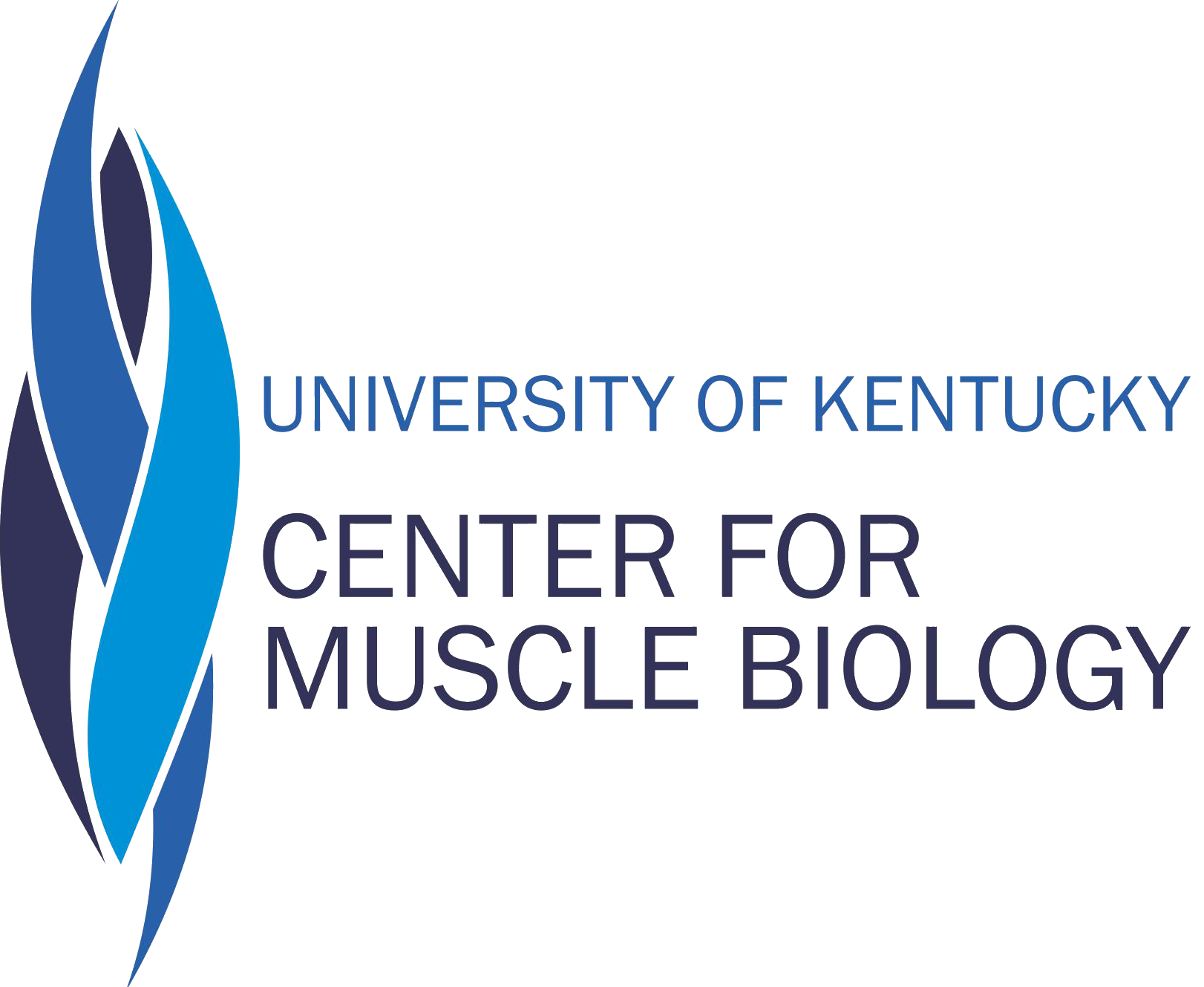
|
|
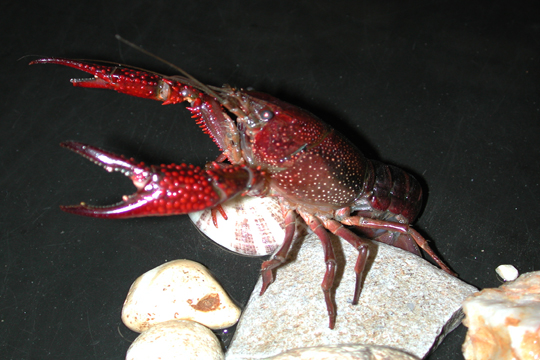
|
||||||||||||||||
 |
||||||||||||||||||
|
website
maintained by Robin L. Cooper. Contact: RLCOOP1 at UKY.EDU |
| Back to TOP |